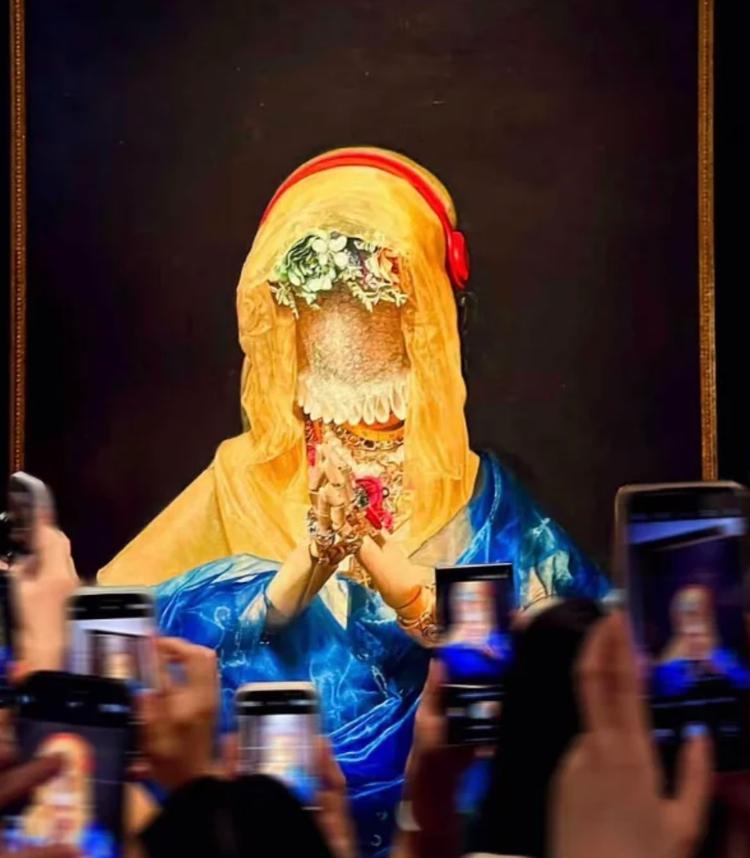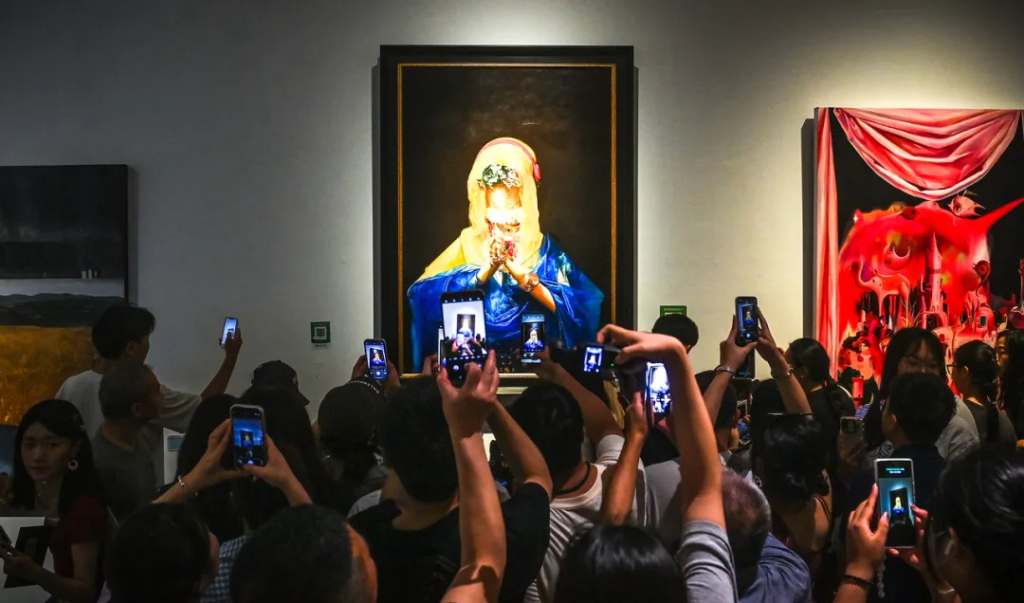
This year's art academy graduation exhibition has an "unusual style" - take the Sichuan Fine Arts Institute as an example. In 2025, the "Open June" graduation exhibition of Sichuan Fine Arts Institute, a graduation exhibition work called "Prayer" became popular on the entire network. The graduation exhibition welcomed a total of 750,000 visitors, with the highest number of visitors in a single day being 32,000. The extensive coverage by mainstream media attracted widespread attention, and the number of discussions on related topics on the entire network exceeded 1 billion times. The graduation exhibition has become a phenomenal cultural event.
"Prayer" has been acquired by a Shanghai collector for a high price. However, are many other graduation exhibition works not so lucky? When the lights go out and the exhibition halls empty, what will happen to these art academy graduation works that have amassed so much effort?

2025 Sichuan Academy of Fine Arts Undergraduate Graduation Exhibition, in front of the work "Prayer", Photographed by Zheng Yu

Chasing the Light: Central Academy of Fine Arts 2025 Graduation Season
Real Dilemma: The Preservation Period and Disappearance of Youth Art
For graduation exhibition works, the first and foremost practical dilemma is that available storage space has become a thorny issue. For example, in the early summer of 2025, when the graduates of the Central Academy of Fine Arts dismantled the last ceramic installation at the Taoxichuan Art Museum in Jingdezhen, when the exhibition labels of more than 3,000 works were removed from the Hangzhou exhibition area of the China Academy of Art, and when the "Open June" of Sichuan Fine Arts Institute came to an end in the mountain city of Chongqing - behind this art feast that swept across the country, a sharp question once again emerged: Will these creations, which have taken 4, 7 or even longer years of hard work, be reborn or become "dust in the corner"?
After the exhibition: The issue of whether graduation works should be preserved or removed is often overlooked. Some graduation projects are massive (for example, the "A Thousand Mile Journey" exhibition included nearly a thousand works from 79 universities), but students generally lack private storage space. Large installations are even more difficult to preserve. University exhibition hall regulations often require a "post-exhibition removal deadline," with forced eviction if the deadline is exceeded. However, universities have limited storage capacity and cannot afford the responsibility of long-term preservation.
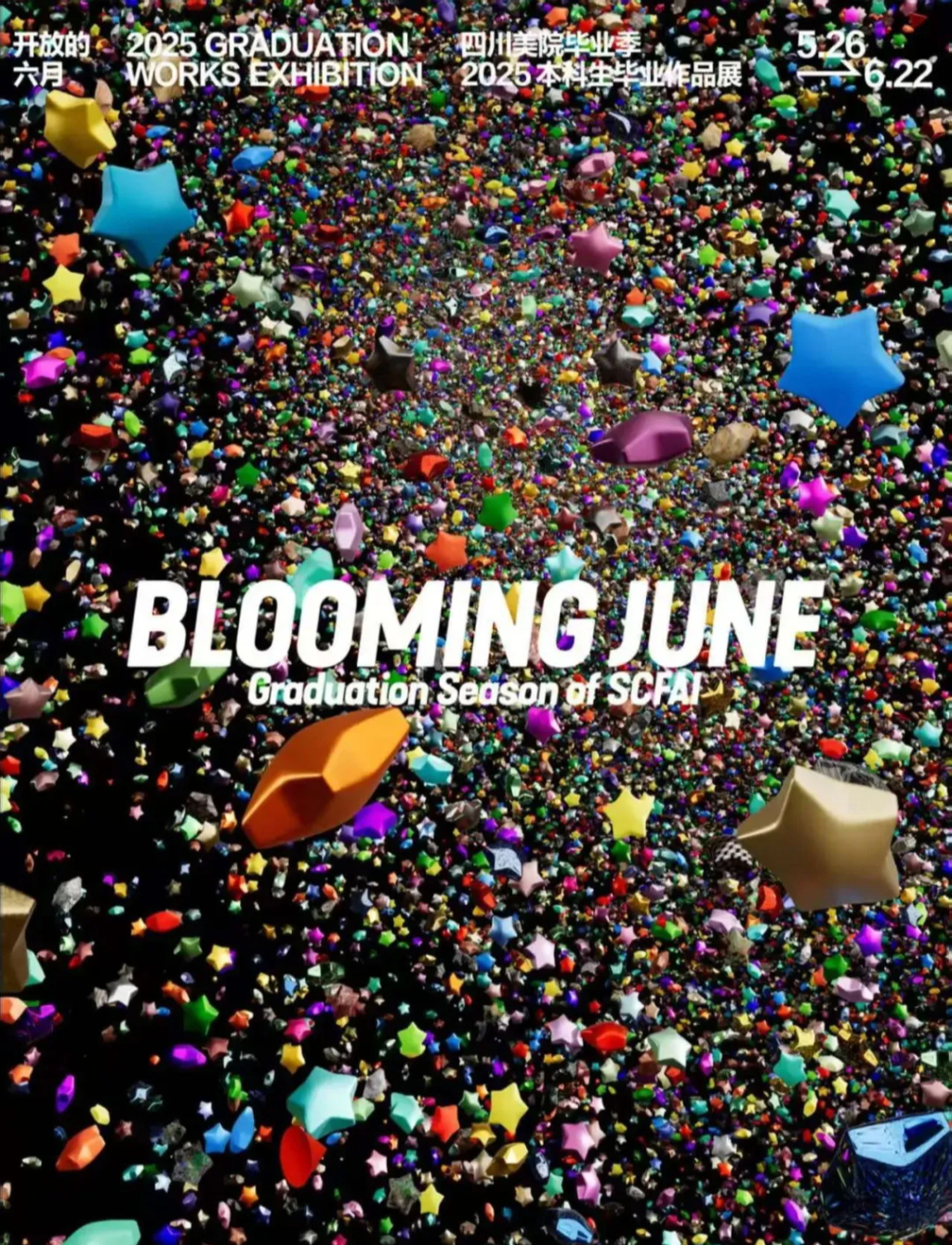
Open June: 2025 Sichuan Fine Arts Institute Graduation Season Key Visual Design: Wang Hong
The squeeze on physical space is only superficial; the deeper contradiction lies in the disconnect between academic value and market demand: graduation projects are often seen as the end of academic studies rather than the beginning of a career.
Most works serve only as graduation reviewers and lack commercial connections. At the 2025 Thousand Mile Journey Songzhuang exhibition, Wang Xiaolin, Deputy Secretary of the Central Academy of Fine Arts, emphasized the need to "encourage young artists to engage directly with the industry and connect with the market." However, existing mechanisms are not universally adopted, and there is a lack of institutions and effective mechanisms to ensure continued attention to graduate works.
In fact, the public often views graduation exhibitions as "one-off cultural events," a traffic-driven viewing frenzy rather than an opportunity to collect. Freshly graduated young artists, entering the workforce for the first time, need to be seen and, even more importantly, needed.
Breakthrough: From "One-time Exhibition" to Full Lifecycle Value Chain
On the occasion of the 2025 graduation exhibition, the Central Academy of Fine Arts Art Museum systematically collected 35 2025 graduation works. In 2024, the Ningbo Art Museum permanently collected 6 student creations from the School of Design and Art/School of Culture and Creativity of Ningbo University of Science and Technology. This was also the first time that the Ningbo Art Museum collected works by young artists.
As far as I know, the Sichuan Academy of Fine Arts has been collecting outstanding graduate works for its annual graduation exhibition for several years. This not only enriches the museum's collection but also serves as a platform for its own academic research. Thus, the institution's collection not only confers academic recognition on the works but also serves as a living specimen for art historical research.
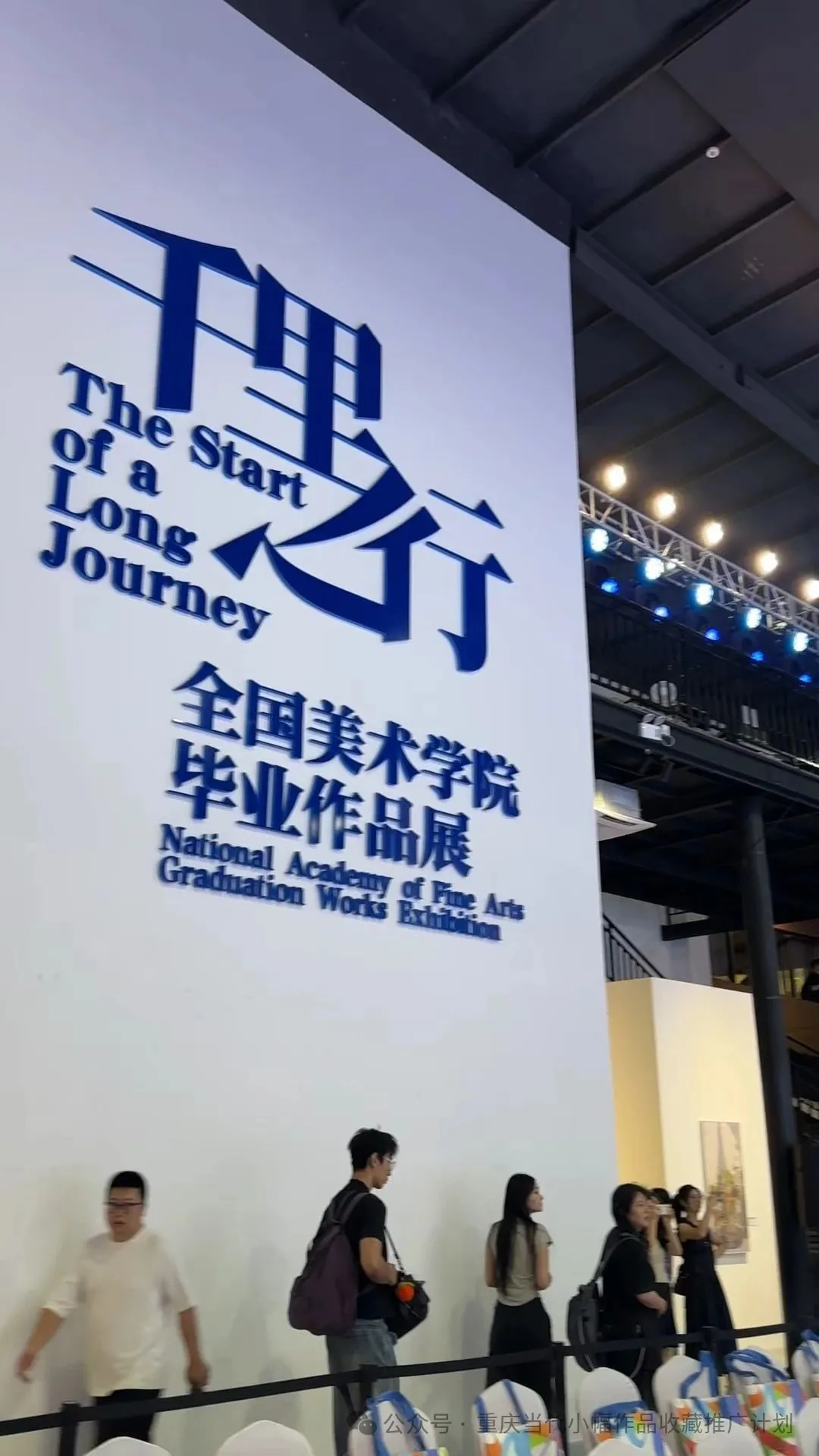
2025 Thousand Mile Journey National Academy of Fine Arts Graduation Exhibition held in Beijing
The “Thousand Mile Journey” model was initiated by the Central Academy of Fine Arts. Through industry-university forums and resource matching meetings, it transforms graduation exhibitions into the starting point of artists’ careers and promotes the entry of works into galleries and collection systems.
The Chongqing Contemporary Small-Scale Works Collection and Promotion Program focuses on small-scale works. Compared to large-scale works, these works offer a more spontaneous expression, are more easily controlled by artists, and are both sporadic and extensible. They also offer greater accessibility to everyday lives and workplaces. Since its inception in 2018, the program has continuously strengthened its artistic IP, further highlighting the innovative and leading role of its "art + design" empowerment model. The program has also continuously cultivated a growing and increasingly functional art consumer market. After eight years of cultivating the regional market, it attracted over 1,200 artists to submit over 5,000 works by 2024. Its slogan, "Let Chongqing's art stay in Chongqing," aims to cultivate a local collector base, ensuring that graduate works priced in the low 1,000 yuan range can be collected.
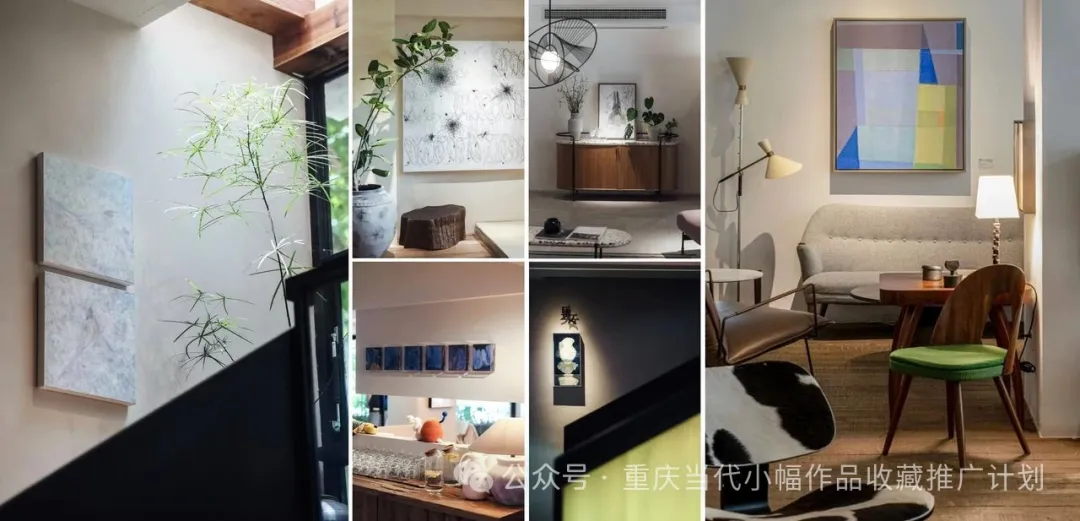
Exhibition scene of Chongqing Contemporary Small-Scale Works Collection and Promotion Plan
Furthermore, innovation and entrepreneurship competitions have become important testing grounds for the commercialization of graduate projects. A team from Xinyang Normal University in Henan Province, working on an AI project for intangible cultural heritage lacquerware, won second prize in the National E-commerce Innovation and Entrepreneurship Competition with their work titled "Purple Lacquer Coming from the East." The project integrates lacquerware culture with digital marketing, directly connecting with industry resources.
The "Guochao Hui" team, a gold medal-winning project in the Shandong Province Internet Plus Competition, leverages Weifang's intangible cultural heritage resources to develop IP-related peripherals. After three years of operation, their Taobao store has achieved annual sales of 2 million yuan (data sourced from the internet). The value of this model: The competition provides funding, mentors, and exposure, driving rapid iteration from concept to commercial model.
Hangzhou's Graduation Season Creative Market collaborated with the TikTok Youth Project to promote digital art and intangible cultural heritage crafts in lightweight consumer products. Inman's "Super Individual Ecological Alliance" provided comprehensive support for designers. When Jingji Zhinong leveraged Takashi Sorayama's "Ex Machina" ice cream to attract young consumers, the commercial potential of artistic IP has already overturned traditional approaches.

Seventy-two Transformations: China Academy of Art 2025 Graduation Season
The "A Little Artistic Thought: Artist-Collaborated Grocery Store," a pop-up project currently underway in Chongqing, transforms artists' works into derivative products such as postcards, ceramic mugs, eco-friendly bags, scarves, and trendy toys. These include the Sichuan Fine Arts Institute's "Prayer" artwork and the Central Academy of Fine Arts' "Philosophical Rabbit" ceramics. The curatorial team stated, "Enabling ordinary people to 'use art' rather than 'see art' is the antidote to the 'dust in the corners'."
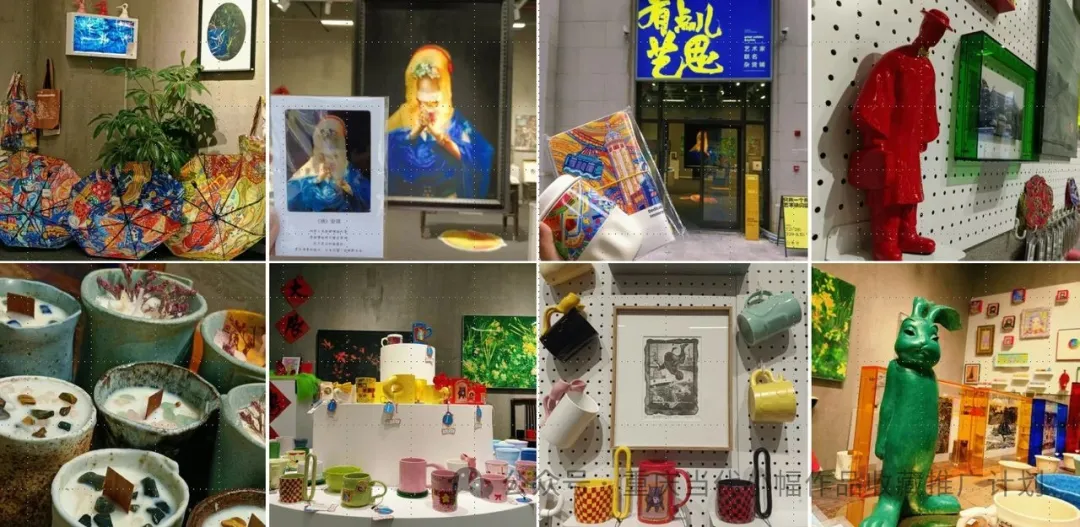
A Little Artistic Thought: Exhibition Scene of Artist-Collaborated Grocery Store
Digital technology has reshaped the circulation and collection of artworks, making it particularly suitable for young creators. The China Academy of Art's School of Intermedia's "Digital Pirates" uses AI to reimagine "hacker art," while "Meteoric Contract," part of the Central Academy of Fine Arts' "Layers of Space and Time," uses meteorites to interrogate the universe. Technology not only expands the dimensions of expression but also provides a cloud-based living space for works. Artron's success in digitizing 70,000 exhibitions suggests that the end of physical exhibitions is just the beginning of virtual exhibitions.
The Shanghai Youth Art Fair launched a digital art section, with over 10,000 pre-orders for digital art pieces priced between 8 and 28 yuan in a single day. Technology has lowered the barrier to entry for collectors while also protecting the rights of creators. The low barrier to entry and high dissemination of digital art pieces, along with copyright protection through blockchain technology, are driving the mass adoption of art.
Future Proposal: Building a "Sustainable Ecology" for Youth Art
The essence of a lifetime's work entering the market is the precise matching of artistic value and social needs.
In the future, creators should prioritize proactive planning, considering material disassembly (e.g., installation), digital archiving, and potential for derivative works during the creative phase. Technological integration, the establishment of a distributed cloud-based repository, and global curatorial access are crucial. For example, the CAFA Zhengzhou exhibition's "local renewal" initiative and the "Layers of Time and Space" exhibition, which integrated ten years of stored works into the urban landscape, demonstrate how technology can activate dormant assets.
In terms of policy and platform empowerment, we call for the inclusion of graduate work preservation in the evaluation system of institutions, and institutions can collaborate with businesses to establish collection funds. For example, Beijing is promoting the "city of digital consumption" initiative and encouraging shopping malls to create digital art experience areas.
In terms of popularizing aesthetic education among the public, the popularization of collecting rights will strengthen the awareness that "art is life". Through tiered pricing (original works/prints/derivatives) and art leasing models, collecting is no longer an elite privilege.
When art is no longer confined to the spotlight of the exhibition hall, but flows through digital space, daily necessities and even urban public landscapes, the vitality of the work truly begins - the market is not the end of art, but the starting point of its integration into human life.
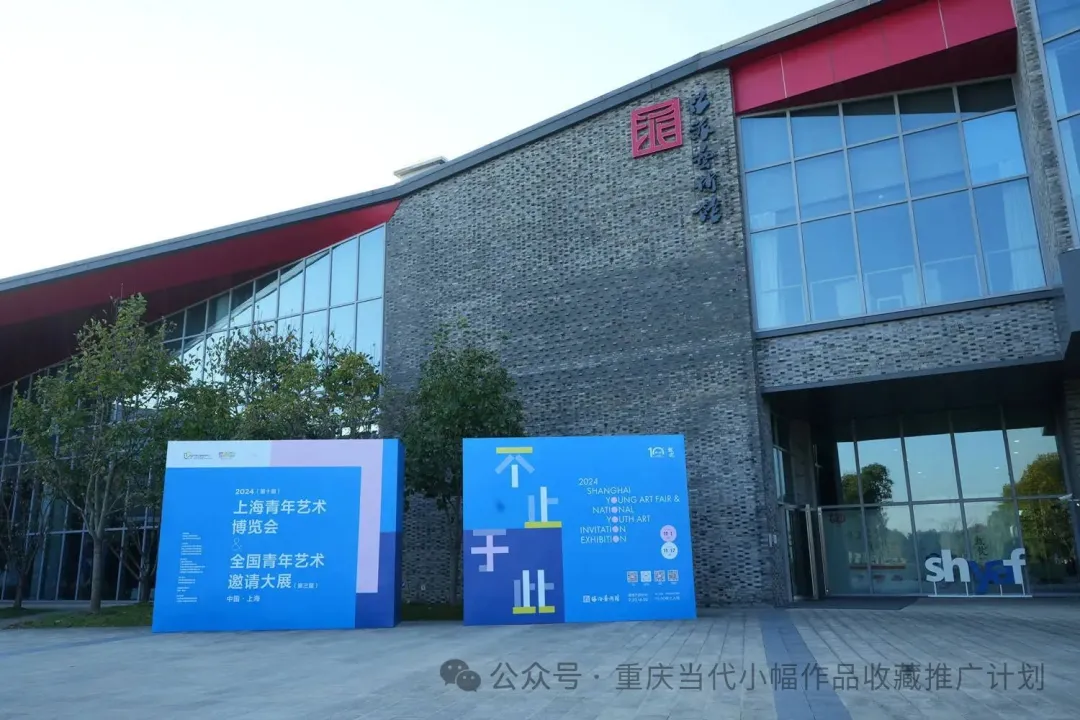
More Than Just This: 2024 Shanghai Youth Art Expo Exhibition at Shanghai Art Museum
The never-ending youth scene
When Songzhuang's "Thousand Mile Journey" brought together nearly a thousand works from 79 universities, when the raindrops at the Hangzhou fashion show refracted the prisms of 2,971 dreams, and when the broken porcelain walls of the Sichuan Fine Arts Institute shimmered with iridescence in the twilight—the lights of the graduation exhibitions may have dimmed, but the life of art has long since permeated the clay, the torrent of code, and the mundane life of the city. When the porcelain clay of Jingdezhen bears the fingerprints of young artists, when the industry-education integration lab in Hangzhou's Liangzhu District lights up with data screens, and when silk scarves from Chongqing's pop-up shops drift through the corridors of shopping malls—the lights of graduation exhibitions dim, and this is precisely the beginning of the life of art permeating the fabric of society.
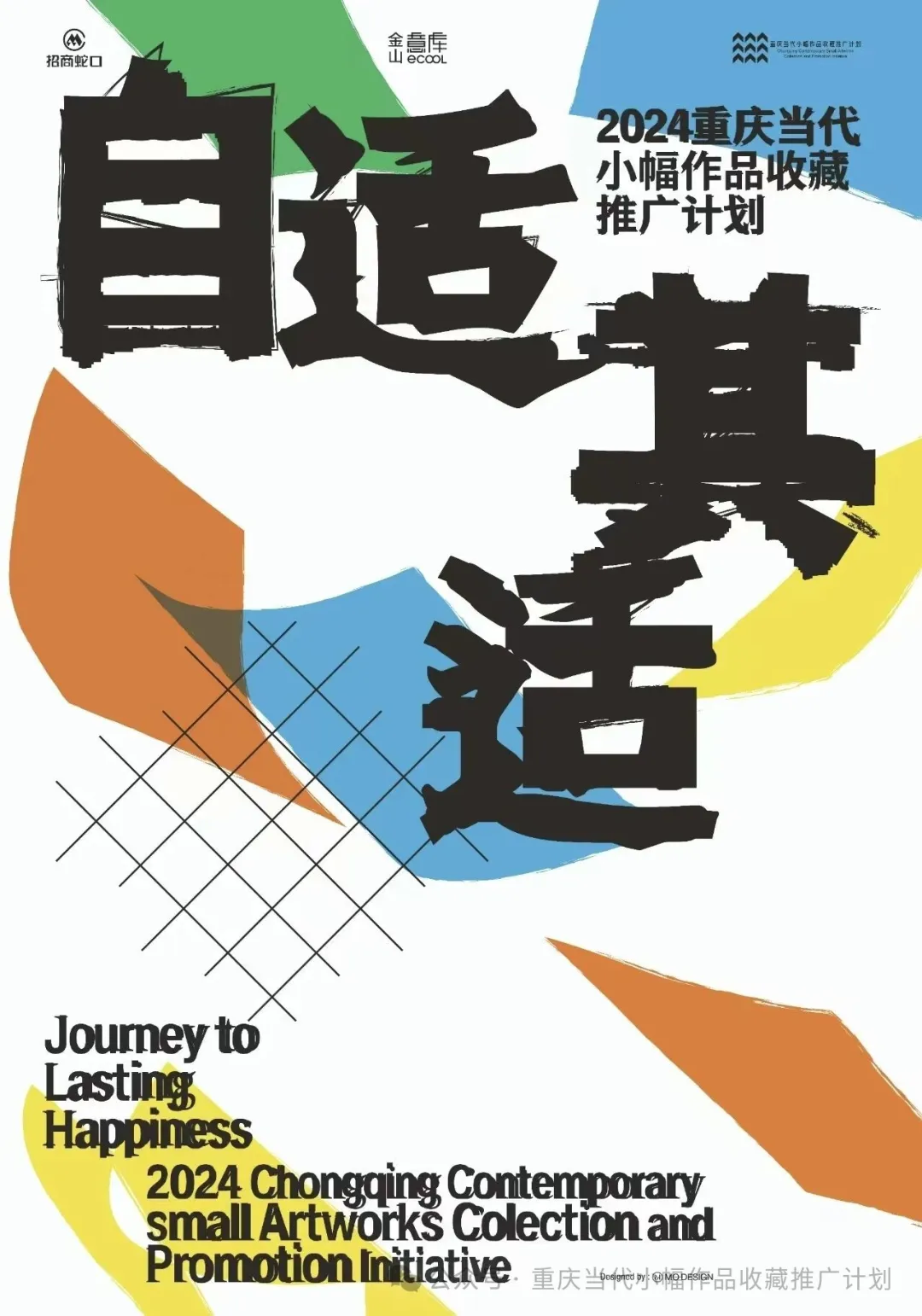
Adapting to One's Own: 2024 Chongqing Contemporary Small-Scale Works Collection and Promotion Plan Key Visual Design: Mao Mao
As someone who has personally experienced this, I firmly believe that only by establishing a clear value chain from academic collection to market transformation to technological preservation, allowing works to flow from exhibition halls into everyday life, digital spaces, and even urban public memory, can the spark of young creativity be rekindled in the real world. Beyond the exhibition hall lies the world beyond—this is not only the destination of the works, but also the inevitable path for the maturation of China's art ecosystem. "Using artistic talent to influence the world"—true growth begins beyond the exhibition hall.
August 9, 2025, Tsinghua University, Beijing
(The author is a PhD in Art from Tsinghua University, an Associate Research Librarian (Associate Professor) at the Sichuan Fine Arts Institute, and the Chief Curator of the Shanghai Youth Art Expo)
